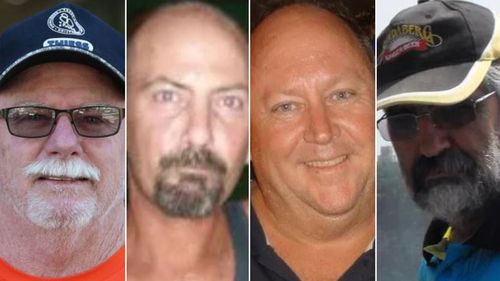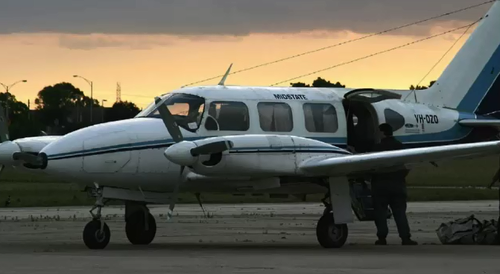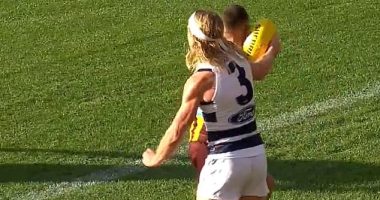The hearing is set down for five days before coroner Nerida Wilson in Cairns, beginning on Monday.
QBuild workers Wayne Ganter, 63, Henry Roebig, 62, Wayne Brischke, 57, contractor Mark Rawlings, 49, and pilot Stuart Weavell, 36, died when a Cessna 404 crashed into a dune at Lockhart River on March 11, 2020.

The men had flown from Cairns that morning, and the crash happened upon a second landing attempt in poor visibility.
“It has been three years, I’m acutely aware of that,” the coroner said at the opening.
“I’m acutely aware having been the coroner here for a number of years that this crash has caused enormous suffering, both for the families and the ripple effect in the township of Lockhart River, which as we know has now suffered two tragedies as a result of plane crashes.
“So let’s see together if we can make some meaning. I can’t make those promises but I absolutely eternally hope that we can.”

The coroner will also probe the circumstances of the flight, the pilot’s training, operator Air Connect Australia’s safety procedures, policy surrounding terrain avoidance warning systems, and how similar accidents could be avoided.
An Australian Transport Safety Bureau (ATSB) investigation published in December found the aircraft was being flown about 1000ft (305 metres) below the recommended height before it crashed.
Read Related Also: Surfer bitten by shark in Margaret River
However, the pilot had been in control until the point of impact, and there was no evidence of mechanical problems in the lead-up to the accident.

The ATSB found the pilot had probably failed to check the Cessna’s height and tried to land it solo in very poor visibility.
“Overall, misreading the altimeter by 1000ft appears to be the most likely scenario, although there was insufficient evidence to provide a definitive conclusion,” Chief Commissioner Angus Mitchell found.
“Regardless, it is evident from the continued descent that the pilot did not effectively monitor the aircraft’s altitude and descent rate for an extended period, and that they were probably experiencing a very high workload.”
The pilot had five years of experience flying into remote airports and had landed at Lockhart River Airport eight times previously.
However, the world was probably very high due to the bad weather, poor visibility, having to take a different approach to the airstrip and keep checking that approach, and coming in at a faster speed than normal.
The ATSB said its probe highlighted the importance of terrain avoidance and warning systems (TAWS) in helping pilots in poor visibility.
In 2005, 15 people aboard a Metroliner aircraft travelling from Bamaga to Cairns were killed when it slammed into a mountain at Lockhart River.








